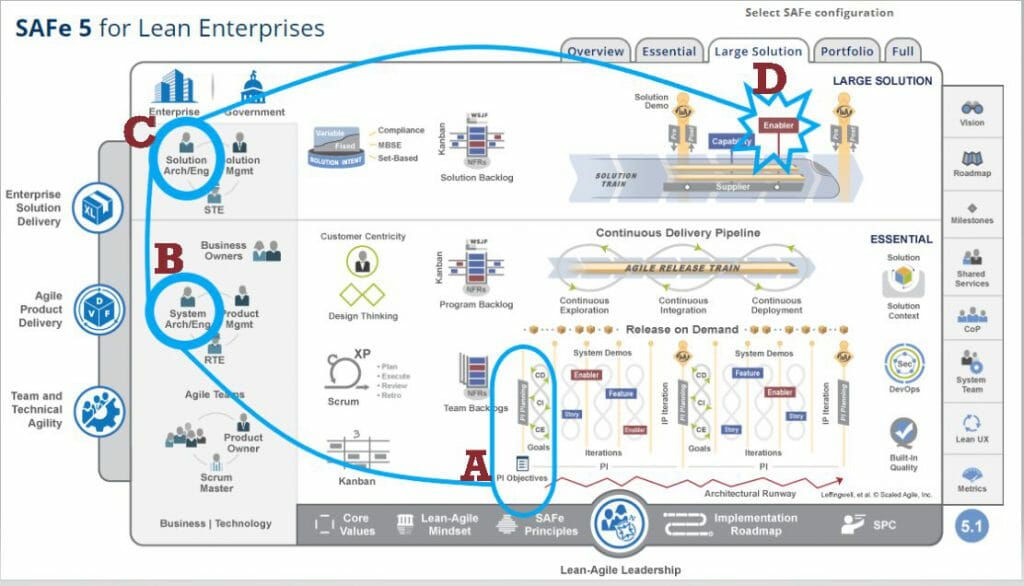By providing IT and Business solutions to a wide range of clients across several different business sectors, I have had the opportunity to be a part of several architecture review boards. I even got the opportunity to build architecture capabilities for clients, which included setting up an Architecture Review Board (ARB) from scratch.
As this article will focus on the features of a modern ARB, maybe it is appropriate to first define an Architecture Review Board in its traditional form.
Traditionally, enterprises have implemented an Architecture Review Board in order to recommend and approve solutions that adhere to IT and organizational standards. This was extremely critical, especially when those solutions were planned, designed and delivered via a more long term waterfall based approach. To ensure solutions never violated business, legal or IT standards, or became costly to maintain, architecture reviews were often performed as part of the design phase and just prior to a production release. Historically, this was often a highly documented process that required multiple levels of approvals and signoff.
Nowadays, many organizations deliver solutions via Agile-based methodologies. It is worth noting, however, that each organization is at a different stage of maturity. Some loosely follow basic Agile rituals, while others are more disciplined in honouring a larger set of Agile principles. It is not uncommon for organizations to struggle with how to successfully integrate architecture capabilities into their business process workflows.
The good news is that Agile frameworks generally, provide processes and workflow patterns by which enterprise and solution architecture can occur.

An example of how architectural capabilities might be integrated into a company’s work process is illustrated above:
- Step A – During PI planning, an organization will consider their overall roadmap and vision, and to generate features that are considered as part of PI objectives and commitments.
- Step B – This becomes a good place for the Agile team to discuss PI objectives with System Architects/Engineers to consider if their approach to deliver on the PI commitments, aligns with existing architectural standards or if further architectural review and consideration is required.
- Step C – When further architectural review is required, the System Engineers can review potential approaches with the Enterprise/Solution Architect team (one of the Key Solution Train Roles defined within SAFe)
- Step D – Enterprise/Solution Architect team approves a viable architecture that in turn can be recorded as an architectural decision or generate architectural inventory (i.e. enablers for Agile development teams).
Once an organization integrates architectural governance and associated triggers into their work patterns, they enable a process by which true architectural capabilities can grow. It is in this process, that the Enterprise/Solution Architecture team can establish a modern architecture review board.
Desired features of a modern architectural review board include:
- Triggers designed into the workflow that initiate ARB review process.
- Foundationally defines the minimum set of architectural decisions with just enough documentation to be easily consumable and searchable by Agile teams.
- An ongoing automation stage designed to automate processes, enable governance, and build out architectural inventory in the form of enablers.
- Focuses on broader architecture decisions that have cross cutting concerns of a system or application portfolio
- Mainly interested in reviewing decisions that are costly or not easily reversable (e.g., an organization’s technology stack). As such, a modern ARB does not look to impede innovation and assumes Agile teams will be able to easily correct or refine engineering decisions. In this sense, a modern ARB balances the benefits of intentional architecture and emergent design.
- A process by which System Architects and Agile teams are educated on new standards.
- Empowering solution teams with tools, processes and architectural standards that are easily leveraged, to increase overall business value and speed to delivery (i.e., what SAFe calls architectural runway).
These are just some of the benefits and features of a modern architecture review board. The key to realizing these benefits is to ensure that the proper triggers are established within your company’s work patterns, so that architectural standards do not become a costly afterthought.

 English | EN
English | EN 